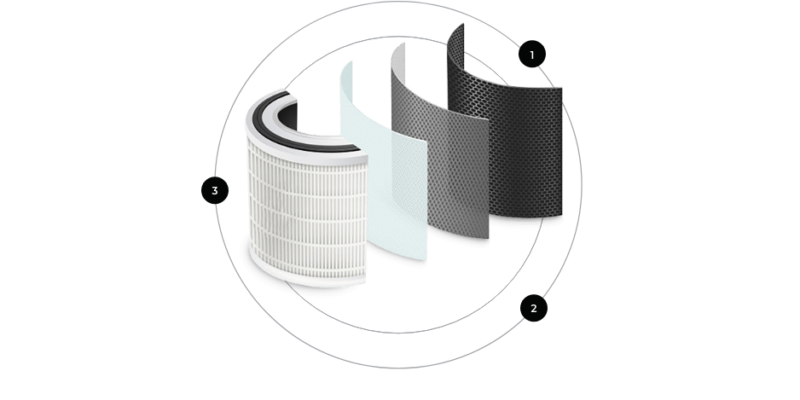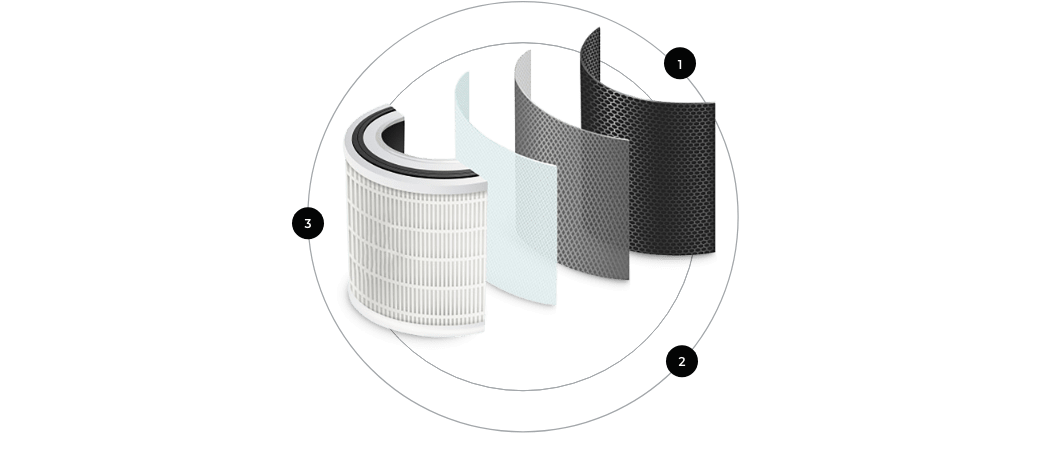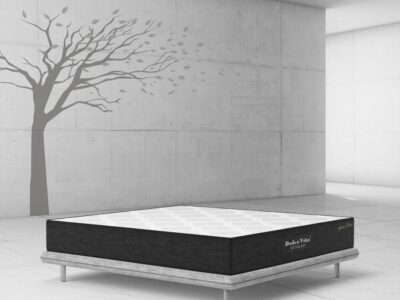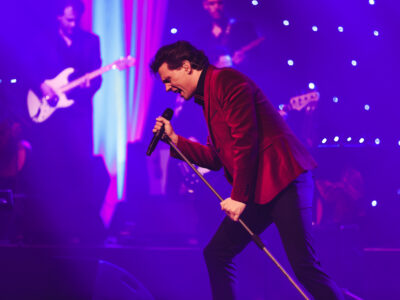
Imagine cruising down a scenic highway, windows down, enjoying the fresh air. Now, imagine the same scenario, but instead of crisp air, you breathe in dust, pollen, and exhaust fumes. That’s the reality when your car’s cabin air filter is clogged or missing. A small but essential component, a cabin air filter plays a critical role in maintaining a healthy and comfortable driving environment.

How Often Should You Replace Your Cabin Air Filter?
Most car manufacturers recommend replacing the cabin air filter every 12,000 to 30,000 miles, or once a year, whichever comes first. However, this can vary depending on several factors:
- Driving Conditions: If you frequently drive in dusty areas, on dirt roads, or in heavy traffic, you may need to replace the filter more often.
- Seasonal Allergies: During high pollen seasons, replacing the filter more frequently can help alleviate allergy symptoms.
- Passenger Comfort: If you or your passengers notice unpleasant odors, reduced airflow, or increased dust inside the car, it’s likely time for a replacement.
Benefits of a Clean Cabin Air Filter:
A clean cabin air filter offers a multitude of benefits for drivers and passengers alike:
- Improved Air Quality: It traps dust, pollen, allergens, smoke, and other airborne pollutants, preventing them from entering the car’s interior.
- Reduced Odors: The filter removes unpleasant odors from exhaust fumes, road dust, and even pets.
- Enhanced Climate Control System Efficiency: A clean filter allows the air conditioning and heating systems to function optimally, reducing strain and improving fuel efficiency.
- Reduced Allergic Reactions: By filtering out pollen and other allergens, the filter can significantly improve the comfort of allergy sufferers.
- Improved Defrosting and Defogging: A clean filter ensures proper airflow for faster defrosting and defogging of windows, enhancing driving safety.
Types of Cabin Air Filters:
There are two main types of cabin air filters available:
- Standard Replacement: These filters offer basic filtration for dust, pollen, and other large particles.
- Activated Carbon Filters: These provide superior filtration by incorporating activated carbon, which absorbs harmful gases and odors in addition to dust and pollen.
Replacing Your Cabin Air Filter:
Cabin filter replacement is a relatively simple process that can be done at home with basic tools. Here’s a general guide, but always refer to your car’s owner’s manual for specific instructions:
- Locate the Cabin Air Filter: The filter is typically located behind the glove box, under the dashboard, or near the engine air intake. Consult your owner’s manual for the exact location.
- Access the Filter: You may need to remove the glove box or a panel to access the filter compartment.
- Remove the Old Filter: Carefully remove the old filter, noting the airflow direction arrows for proper reinstallation of the new filter.
- Install the New Filter: Insert the new filter with the airflow arrows pointing in the correct direction.
- Reassemble the Compartment: Secure the compartment cover and reinstall any removed panels or the glove box.
Pureflow: Your Trusted Source for Cabin Air Filters
Pureflow is a leading online retailer for high-quality aftermarket auto parts, including a wide selection of cabin air filters. Their user-friendly website allows you to easily find the perfect fit for your car make and model. With Pureflow, you can choose between standard replacement or activated carbon filters depending on your needs and budget.
Breathe Easy and Drive Confidently:
By ensuring your cabin air filter is clean and replaced regularly, you’re creating a healthier and more comfortable driving environment for yourself and your passengers. Pureflow makes the process convenient and affordable, allowing you to focus on the joy of the ride. So, breathe easy on the road, choose Pureflow, and experience the difference a clean cabin air filter makes
DIY vs. Professional Replacement:
While replacing a cabin air filter is a manageable DIY project, some factors might influence your decision. If you’re unfamiliar with your car’s layout or lack basic tools, a professional mechanic can handle the replacement quickly. However, for the cost-conscious and mechanically inclined, the DIY approach offers significant savings.
Environmental Benefits:
Replacing your cabin air filter isn’t just about comfort; it’s also an eco-friendly choice. A clean filter allows your car’s climate control system to function more efficiently, reducing fuel consumption and emissions. Additionally, properly disposing of used filters through designated recycling programs helps minimize environmental impact.
Investing in Your Car’s Health:
A cabin air filter is a relatively inexpensive component that plays a vital role in maintaining your car’s overall health. By preventing dust and debris from entering the climate control system, you can avoid costly repairs down the line. Think of a clean cabin air filter as a preventative measure that protects your car’s internal components and extends its lifespan.
Pureflow: Committed to Your Driving Experience
Pureflow goes beyond just providing high-quality filters. Their website offers helpful resources, including instructional videos and compatibility guides, to assist you with DIY filter replacement. With Pureflow, you get the parts you need, the knowledge to use them, and the confidence to keep your car running smoothly and breathing easy. So, take control of your car’s air quality and invest in a clean cabin air filter from Pureflow. It’s a small step that makes a big difference on every journey.











